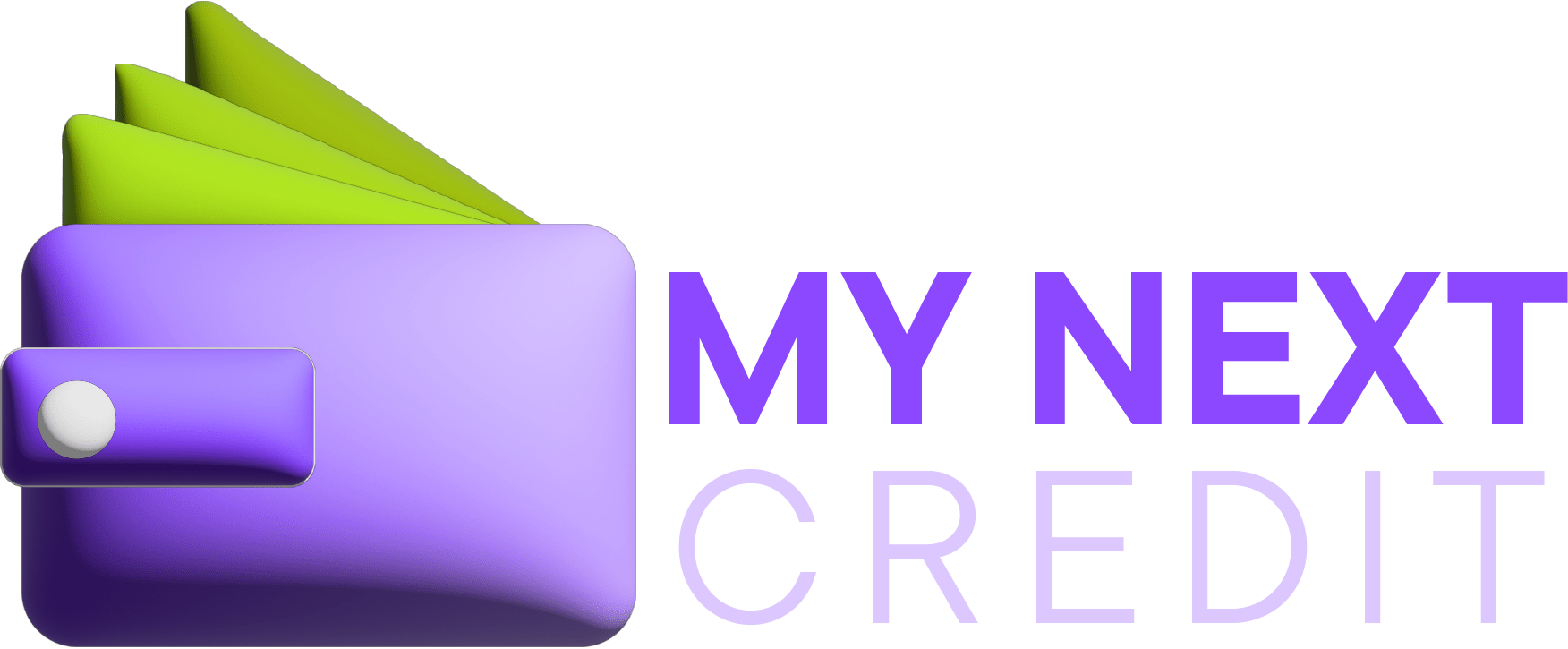Financial inequality has long been a defining challenge in the United States, where millions of people either lack access to traditional banking or rely on costly alternatives. In 2025, the conversation around inclusion has intensified as technological innovation reshapes how Americans interact with financial institutions.
The goal of this article is to analyze how access to banking services in the U.S. is evolving in the face of financial inequality. We will explore how digital platforms are expanding opportunities, the persistent challenges low-income households face, and the broader implications for economic stability.
The state of financial inequality

Despite advances in technology, financial inequality persists across the U.S. According to recent surveys, nearly 5% of households remain unbanked, while another 15% are underbanked, relying on services like payday loans or check-cashing outlets. These alternatives often charge high fees and interest rates, draining resources from households that can least afford them.
Low-income communities, immigrants, and rural populations are disproportionately affected. Limited access to nearby bank branches, lack of trust in financial institutions, and insufficient financial literacy contribute to the problem. While technology has provided new opportunities, it has also highlighted the digital divide—those without reliable internet access or smartphones remain excluded from modern banking solutions.
Barriers to inclusion
One of the biggest barriers is the cost of financial services. High minimum balances, overdraft fees, and hidden charges discourage low-income families from opening or maintaining accounts. In addition, language barriers and lack of culturally tailored services make it difficult for immigrant communities to access resources.
Another obstacle is mistrust. Many underserved communities view traditional banks as unresponsive or exploitative, leading them to avoid engagement altogether. Without targeted outreach and education, this mistrust remains a powerful barrier. Addressing it requires not only policy changes but also efforts by institutions to build credibility through transparency, fairness, and community partnerships.
How access is evolving
In recent years, fintech companies and digital banks have emerged as powerful tools for financial inclusion. Mobile banking apps offer low-cost accounts, instant transfers, and budgeting tools, often without the hidden fees associated with traditional institutions.
Government initiatives, such as expanded access to no-fee accounts and financial literacy programs, are also helping families enter the banking system. These innovations give underserved populations greater control over their money and the ability to participate more fully in the economy.
Community-based solutions
Credit unions, community banks, and nonprofit organizations are playing an increasingly important role in expanding access. These institutions often prioritize affordability and personal relationships, offering products tailored to underserved populations. For example, some community credit unions provide small-dollar loans at fair rates, helping families avoid payday lenders.
Others partner with local organizations to deliver financial education, empowering individuals to make informed choices. These localized approaches complement digital innovations, ensuring that solutions remain accessible to those with limited digital resources.
Toward a more inclusive financial system
The evolution of banking services in the U.S. highlights both progress and persistent challenges in addressing financial inequality. Digital platforms and community-based initiatives are opening new doors, but barriers like mistrust, high fees, and the digital divide remain significant.
For millions of Americans, these obstacles shape not only day-to-day financial management but also long-term economic opportunities. Achieving meaningful inclusion will require ongoing innovation, regulatory oversight, and a commitment to serving marginalized communities effectively.
Ultimately, expanding access to banking is not just about convenience—it is about economic justice. By reducing inequality and empowering underserved households, the U.S. can strengthen its financial system and build resilience for the future. For individuals and families, inclusive banking means more than managing money; it represents a pathway to stability, independence, and opportunity.
